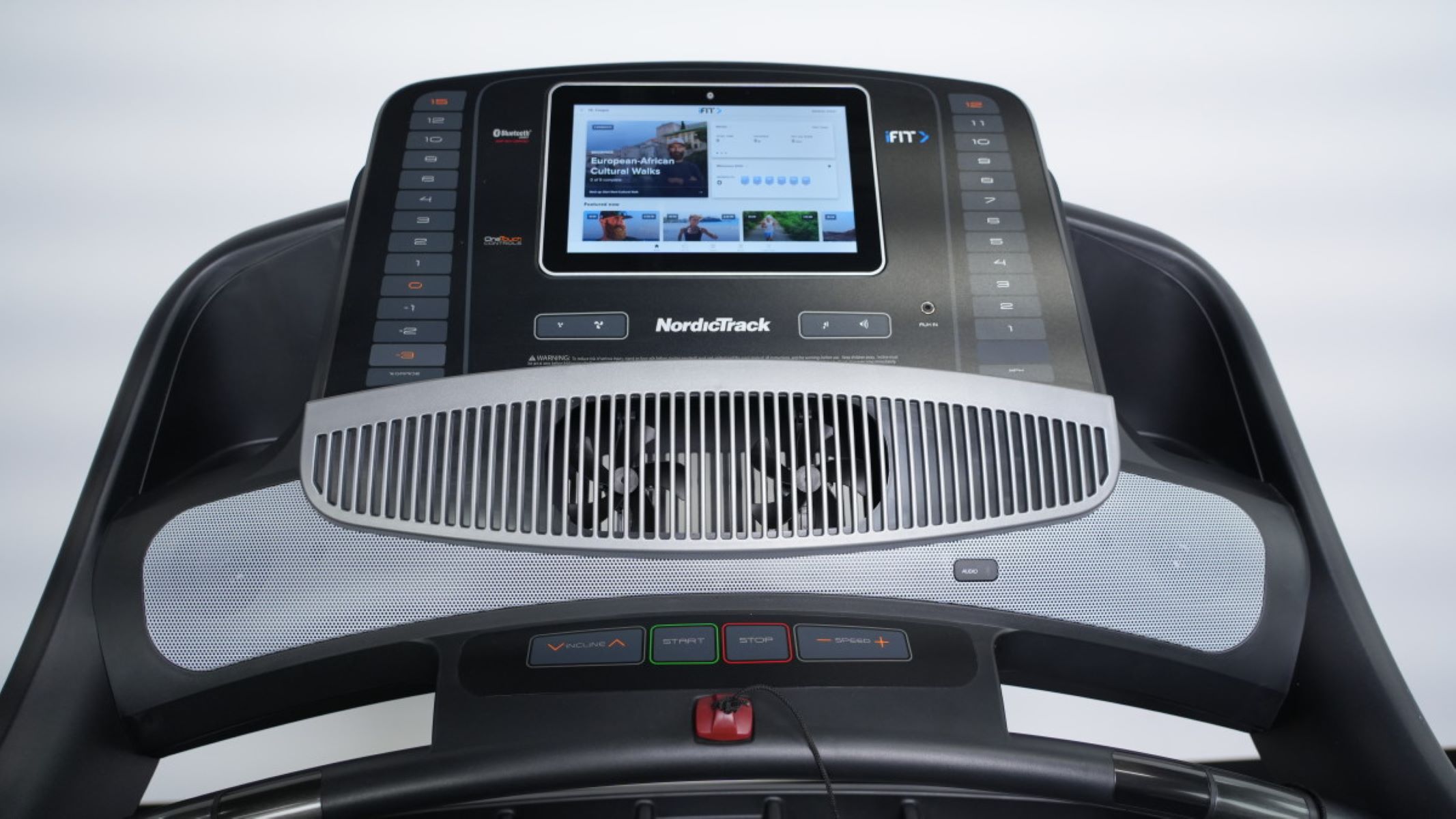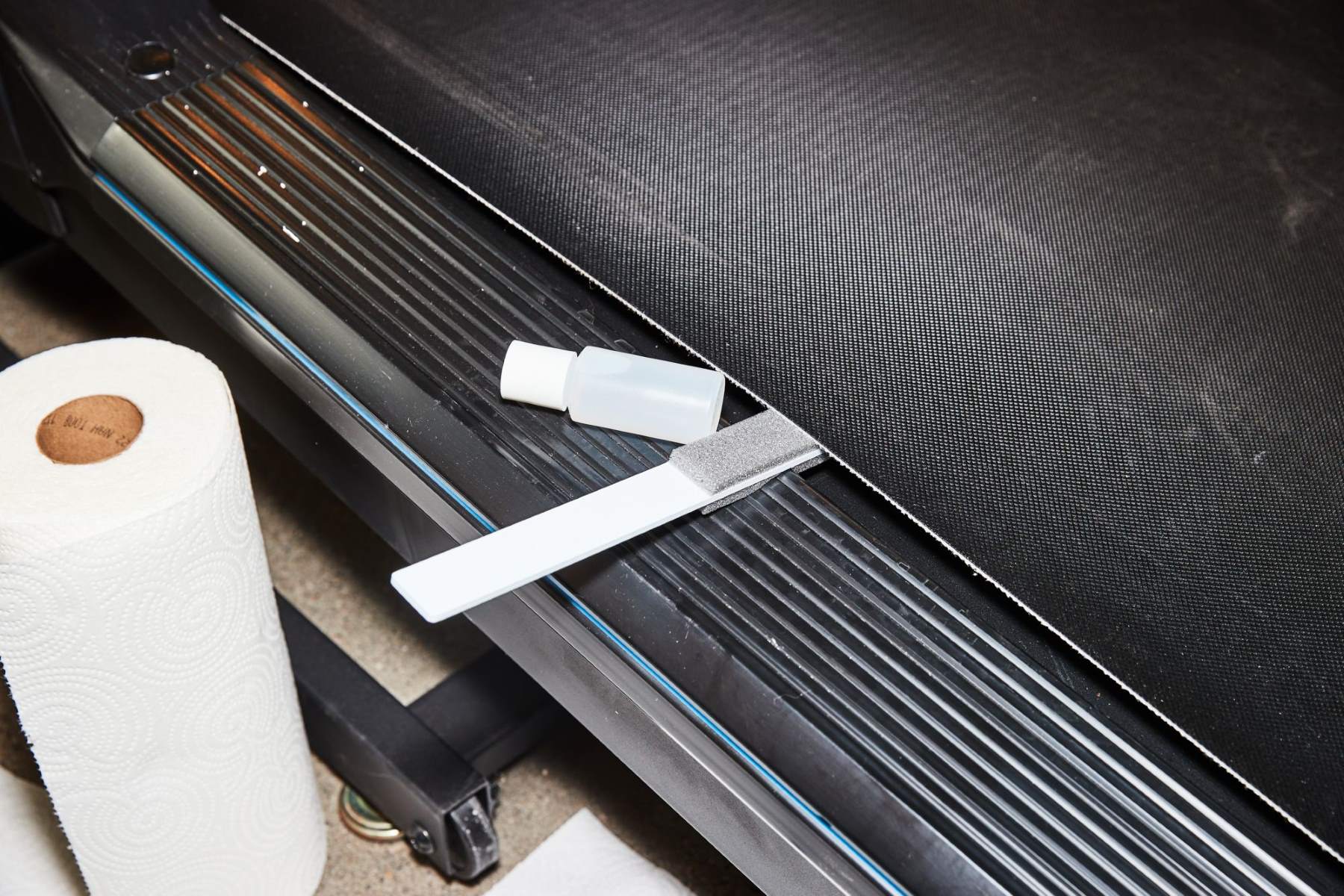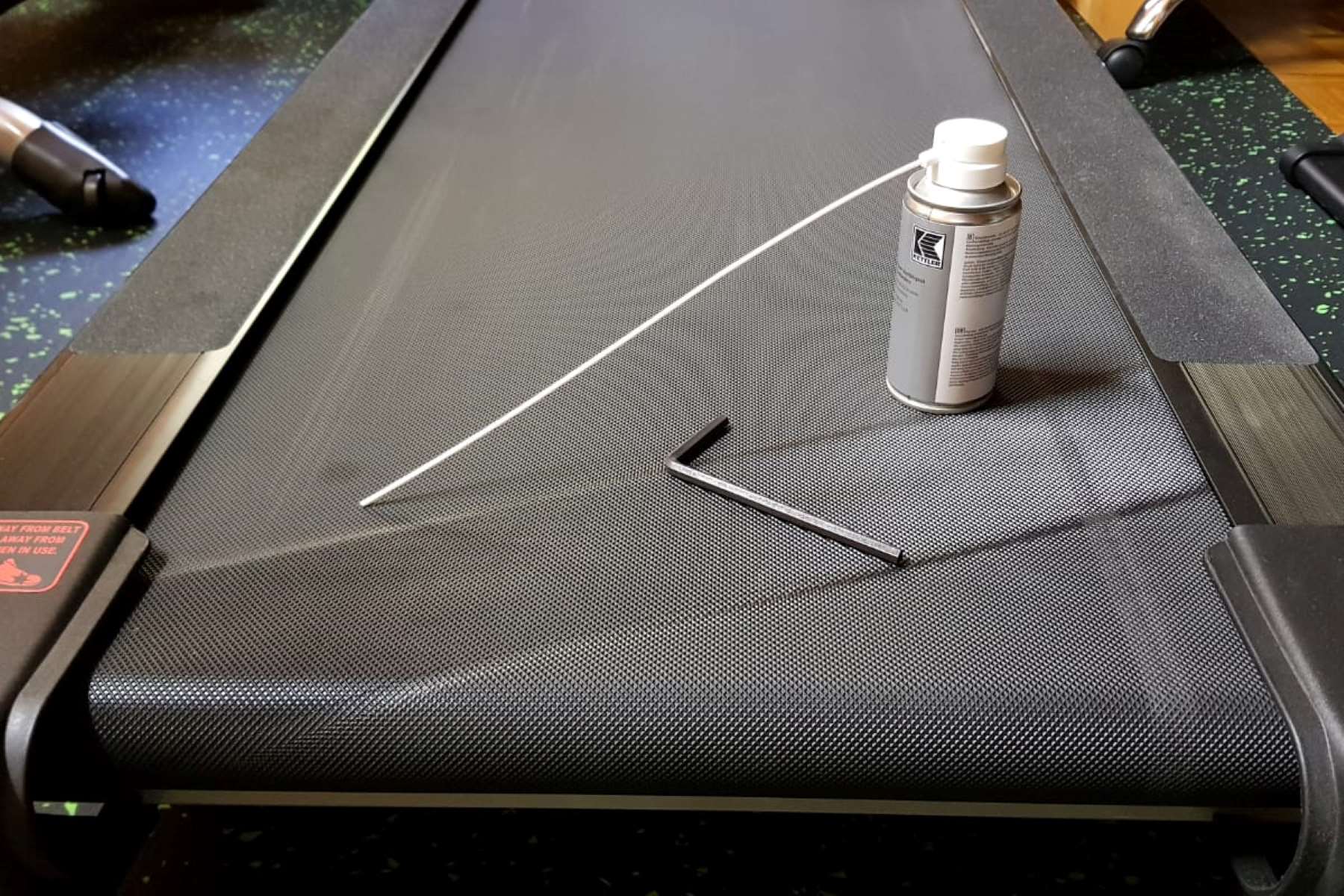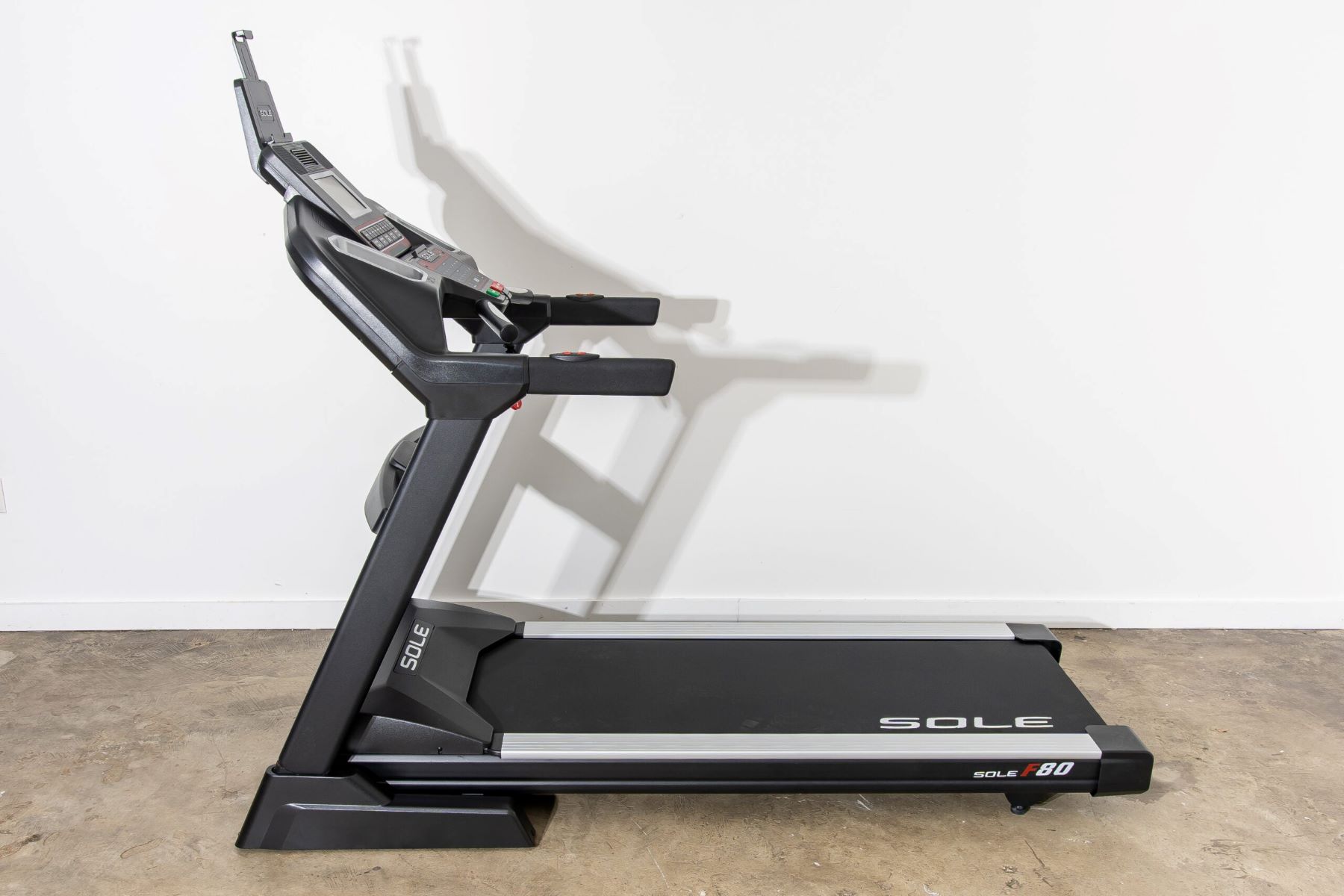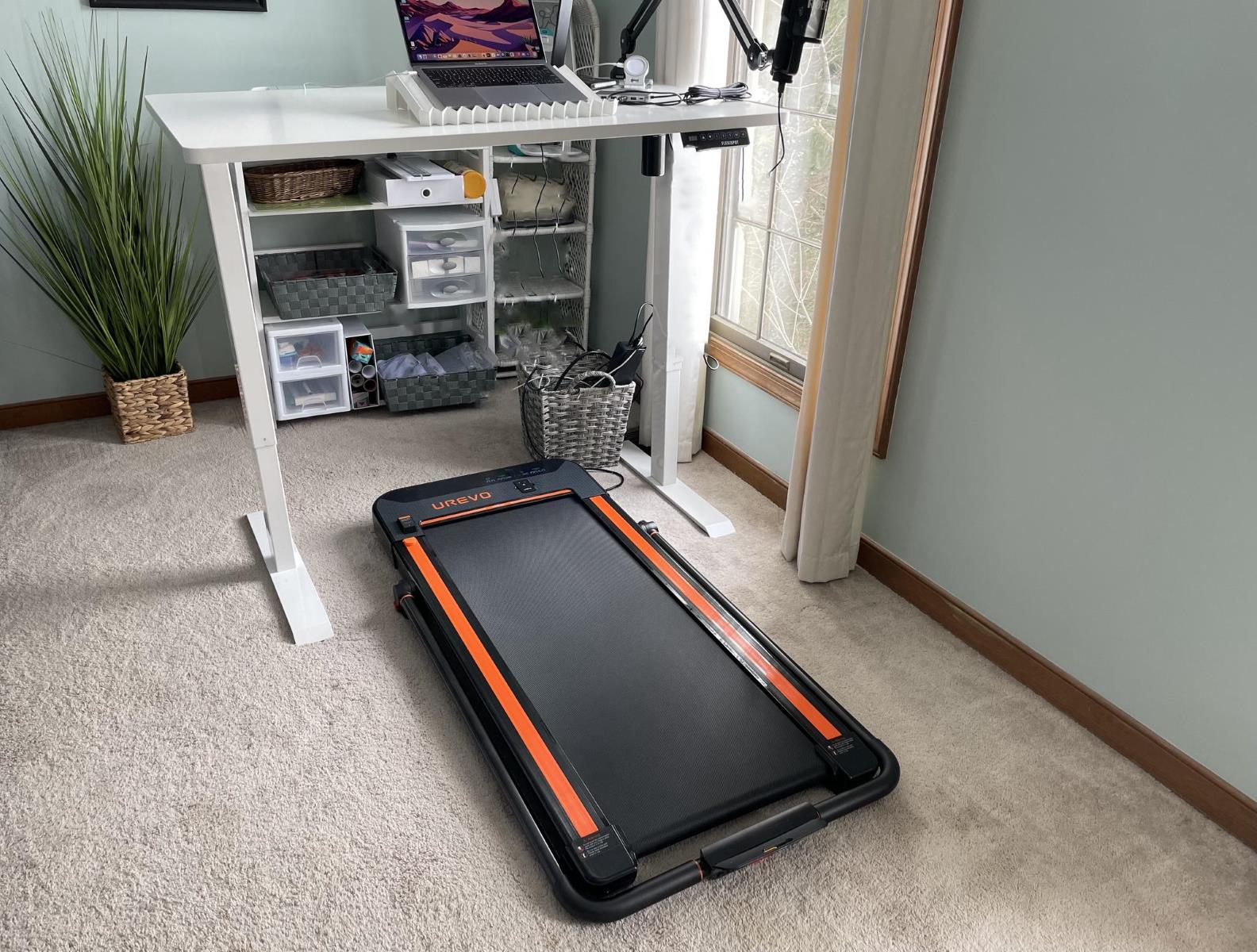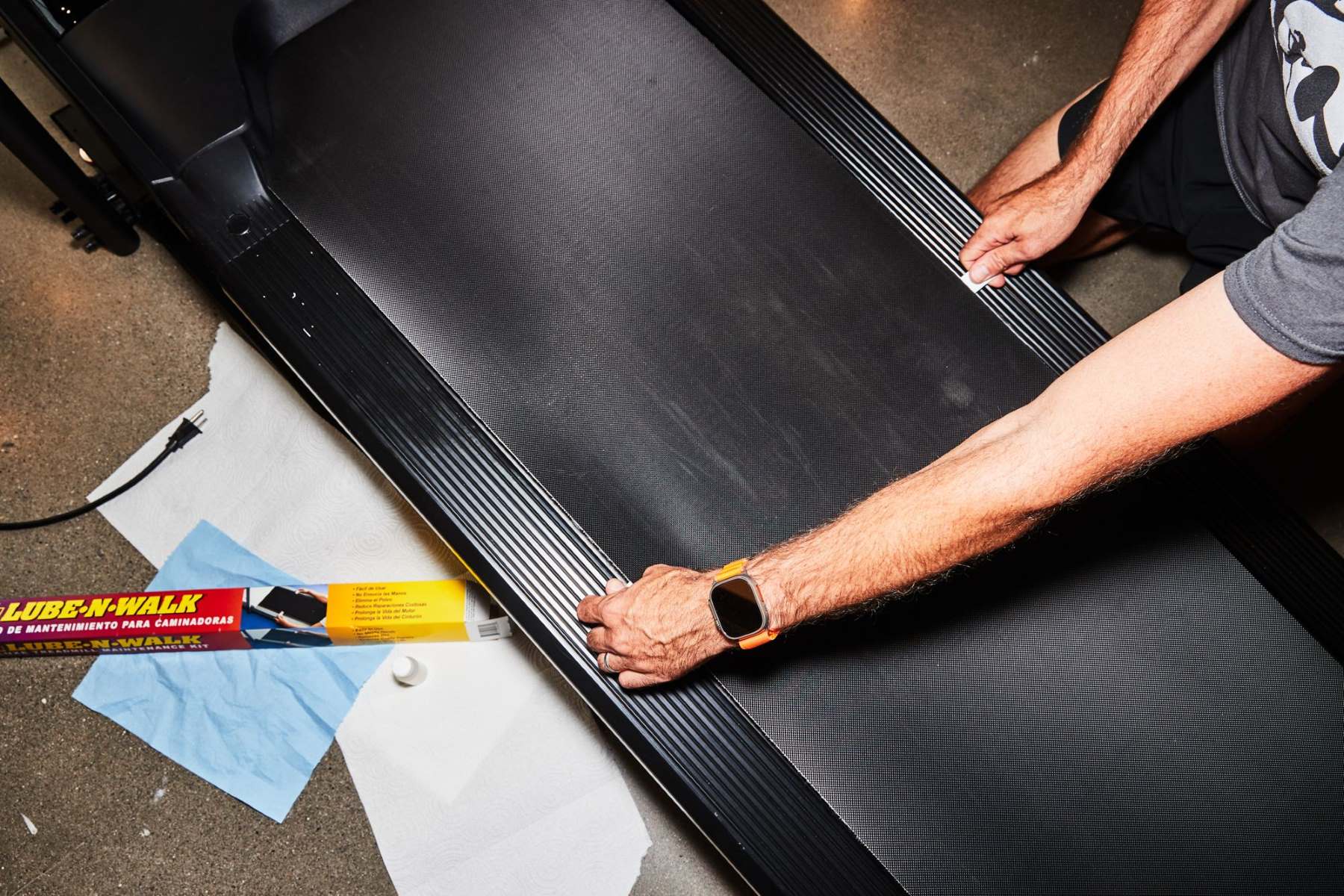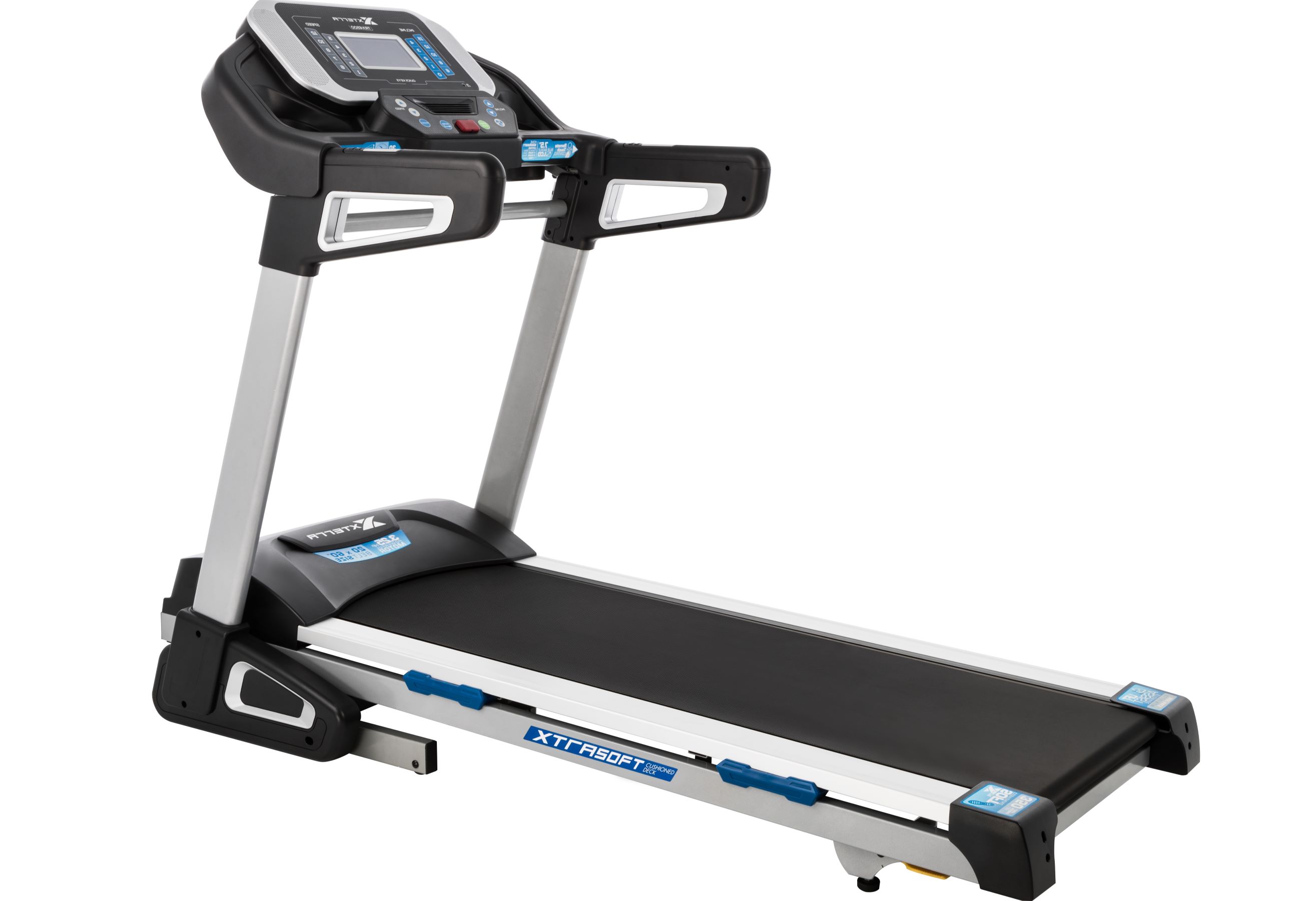Home>Misc>Featured>Why Does My Treadmill Squeak When Running


Featured
Why Does My Treadmill Squeak When Running
Modified: October 25, 2023
Looking for a featured treadmill? Don't let a squeaky noise ruin your workout. Find out how to fix treadmill squeaks when running with our expert tips.
Introduction:
A treadmill can be a fantastic investment for maintaining your fitness and staying active, especially when running outdoors is not feasible. However, one common issue that can disrupt your workout routine is the squeaking noise that arises when running on a treadmill. Not only can this noise be irritating, but it can also affect your concentration and overall enjoyment of the exercise.
While a squeaky treadmill may seem like a minor annoyance, it is crucial to address the issue to prevent any further damage to the machine. Fortunately, there are several reasons why your treadmill might be squeaking, and most of them can be easily resolved. By understanding the potential causes and knowing how to fix them, you can quickly silence that irritating noise and get back to enjoying your workouts in peace.
In this article, we will explore some of the most common reasons why a treadmill squeaks, along with practical steps to resolve the issue. We will cover topics such as proper lubrication of the treadmill belt, checking and adjusting the tension, inspecting and replacing the rollers, as well as ongoing maintenance and cleaning tips to keep your treadmill in optimal condition. So, let’s dive in and put an end to that squeaky treadmill once and for all!
Reasons for Treadmill Squeaking:
There are several reasons why your treadmill may be emitting that annoying squeaking sound. Understanding these reasons can help you identify the source of the problem and take appropriate action. Here are some of the most common causes of a squeaky treadmill:
- Lack of lubrication: One of the primary causes of treadmill squeaking is a lack of lubrication on the belt. Over time, the belt can become dry and friction between the belt and the deck can result in squeaking noises. Regularly lubricating the treadmill belt with a silicone-based lubricant can help reduce friction and eliminate the squeaking sound.
- Buildup of dirt and debris: Another common reason for treadmill squeaking is the accumulation of dirt, dust, or debris on the belt and the rollers. This can create friction and cause the belt to squeak. Regularly cleaning the treadmill and removing any debris can help prevent this issue.
- Loose bolts and screws: Over time, the constant use of a treadmill can cause bolts and screws to become loose. When this happens, the different components of the treadmill may rub against each other, resulting in a squeaky noise. Regularly inspecting and tightening any loose bolts or screws can help eliminate the squeaking sound.
- Worn-out or damaged rollers: The rollers on a treadmill support the movement of the belt. If the rollers are worn out or damaged, they can create uneven movement and cause the belt to squeak. If you notice any signs of wear or damage on the rollers, they may need to be replaced.
- Improper belt tension: If the treadmill belt is too loose or too tight, it can cause squeaking noises. A loose belt can slip and create friction, while a tight belt can put excessive strain on the motor and other components. Checking and adjusting the tension of the treadmill belt according to the manufacturer’s guidelines can help resolve this issue.
Identifying the specific cause of the squeaking noise is crucial in order to effectively address the issue. By addressing these common causes, you can successfully eliminate the squeaking sound and ensure a smooth and quiet workout on your treadmill.
Lubrication of the Treadmill Belt:
One of the primary reasons for a squeaky treadmill is inadequate lubrication of the belt. Over time, the belt can become dry and lose its smoothness, resulting in friction and squeaking noises during workouts. Proper lubrication is essential to minimize friction and ensure a quiet and efficient treadmill experience.
Before applying any lubricant, refer to your treadmill’s manual to determine the type of lubricant recommended by the manufacturer. Typically, a silicone-based lubricant is the most suitable option. Avoid using petroleum-based products as they can damage the belt.
Here is a step-by-step guide on how to lubricate the treadmill belt:
- Turn off and unplug the treadmill: Safety is paramount. Make sure the treadmill is completely powered off and unplugged before proceeding with the lubrication process.
- Locate the adjustment bolts: Consult your treadmill’s manual to identify the adjustment bolts. These are typically located at the back of the treadmill near the belt.
- Loosen the belt: Use an Allen wrench or the appropriate tool to loosen the adjustment bolts. This will provide enough slack to access the underside of the belt.
- Apply the lubricant: Apply the recommended amount of lubricant underneath the belt, in the center of the treadmill deck. Ensure that you distribute the lubricant evenly along the width of the belt.
- Adjust and retighten the belt: Use the adjustment bolts to center the belt on the treadmill deck. Gradually and evenly tighten the bolts until the belt has the appropriate tension. Be careful not to overtighten the belt.
- Test the treadmill: Once you have lubricated and adjusted the belt, turn on the treadmill and let it run at a slow speed. Check for any remaining squeaks or noises. If the squeaking persists, repeat the lubrication process and ensure proper belt alignment.
Regularly lubricating your treadmill belt, as recommended by the manufacturer, is essential for both noise reduction and prolonging the lifespan of your treadmill. Implementing this maintenance practice will ensure a smoother and more enjoyable workout experience.
Checking and Adjusting the Tension:
The tension of the treadmill belt plays a crucial role in its performance and noise level. If the belt is too loose or too tight, it can cause squeaking or other issues during your workout. It is important to periodically check and adjust the tension of the treadmill belt to ensure optimal performance and minimize noise.
Here’s a step-by-step guide on how to check and adjust the tension of your treadmill belt:
- Turn off and unplug the treadmill: As a safety precaution, make sure the treadmill is turned off and unplugged before proceeding with any adjustments.
- Locate the tension adjustment bolts: On most treadmills, the tension adjustment bolts can be found at the rear end of the machine, near the belt.
- Assess the tension: Start by loosening the tension adjustment bolts slightly. With the treadmill still turned off, lift the belt from the center. If the belt lifts more than 3 inches off the deck, it is too loose. If the belt does not lift at all or lifts too little, it is too tight.
- Adjust the tension: To tighten the belt, turn the appropriate adjustment bolts clockwise. To loosen the belt, turn the adjustment bolts counterclockwise. Make small adjustments at a time, testing the tension after each adjustment.
- Test the treadmill: Once you have made the necessary adjustments, turn on the treadmill and let it run for a few minutes at a slow speed. Listen for any squeaking or odd noises. If the squeaking persists, further adjustments may be needed.
- Periodic checks: It is recommended to check the tension of your treadmill belt regularly, especially if you notice any changes in its performance or a return of squeaking noises. This will help ensure that the belt is properly aligned and tensioned.
By regularly checking and adjusting the tension of your treadmill belt, you can help prevent excessive friction and minimize the occurrence of squeaking noises. Proper tension will not only enhance your workout experience but also contribute to the longevity of your treadmill.
Inspecting and Replacing the Rollers:
The rollers on a treadmill play a crucial role in supporting the movement of the belt. If the rollers become worn out or damaged, they can cause friction and uneven movement, leading to squeaking noises. Regularly inspecting and maintaining the rollers is essential to ensure a smooth and quiet workout on your treadmill.
Here are the steps to inspect and replace the rollers, if necessary:
- Turn off and unplug the treadmill: Safety should always be a priority. Make sure the treadmill is turned off and unplugged before proceeding with any maintenance or inspection tasks.
- Locate the rollers: The rollers are typically found at the front and rear of the treadmill, underneath the belt. Consult your treadmill’s manual to find the exact location of the rollers.
- Inspect the rollers: Carefully examine the rollers for any signs of wear, damage, or excessive dirt accumulation. Look for cracks, dents, or rough surfaces on the rollers.
- Clean the rollers: If the rollers appear dirty or have debris stuck to them, use a clean cloth or brush to gently remove the dirt. Avoid using harsh cleaning agents or abrasive materials that could damage the rollers.
- Test the rollers: With the treadmill turned on and running at a low speed, watch the movement of the belt over the rollers. Look for any wobbling or irregularities in the belt’s motion, which could indicate worn-out or damaged rollers.
- Replace the rollers: If you notice significant wear, damage, or irregularities in the rollers’ motion, it may be necessary to replace them. Consult your treadmill’s manual or contact the manufacturer for guidance on obtaining replacement rollers.
- Professional assistance: If you are uncertain about inspecting or replacing the rollers yourself, it is advisable to seek professional assistance or contact the treadmill manufacturer’s customer support for guidance.
Regular inspection and maintenance of the rollers will help ensure the smooth operation of your treadmill and minimize the occurrence of squeaking noises. By keeping the rollers in good condition, you can enjoy a quieter and more enjoyable workout experience.
Maintenance and Cleaning Tips:
Maintaining a clean and properly functioning treadmill is vital to prevent squeaking and ensure the longevity of the machine. Regular maintenance and cleaning can help keep your treadmill in optimal condition. Here are some important tips to follow:
- Read the manufacturer’s manual: Familiarize yourself with the specific maintenance guidelines provided by the treadmill manufacturer. Different treadmill models may have unique requirements and recommendations.
- Keep the treadmill in a clean environment: Avoid placing your treadmill in dusty or dirty areas. Dust and debris can accumulate on the belt and under the machine, leading to increased friction and potential squeaking noises.
- Regularly clean the treadmill: Wipe down the surfaces of the treadmill, including the console, handrails, and frame, with a damp cloth. This will help remove dust, sweat, and any other residues that may affect its performance.
- Clean the belt and deck: Use a mild soap solution and a soft brush to clean the treadmill belt and deck. Gently scrub the belt to remove any dirt or debris that may have accumulated. Wipe dry with a clean cloth after cleaning.
- Avoid harsh cleaning agents: When cleaning your treadmill, avoid using harsh chemicals, abrasive cleaners, or solvents. These can damage the belt, deck, or other components of the machine.
- Inspect the power cord and cables: Regularly check the power cord and cables for any signs of wear or damage. If you notice any frayed wires or loose connections, contact a professional technician to repair or replace them.
- Tighten loose bolts and screws: With regular use, the vibrations from the treadmill may cause bolts and screws to become loose. Regularly inspect and tighten any loose hardware to ensure the machine is stable and free from unnecessary noise.
- Follow a regular maintenance schedule: Create a maintenance routine and stick to it. This may involve lubricating the belt, checking and adjusting the tension, cleaning the treadmill, and inspecting any other components as recommended by the manufacturer.
- Consult professional assistance: If you encounter any technical issues or problems that you are unsure how to handle, it is best to seek assistance from a qualified technician or contact the treadmill manufacturer’s customer support for guidance.
Following these maintenance and cleaning tips will not only help eliminate squeaking noises but also ensure that your treadmill operates smoothly and reliably for years to come. By taking care of your treadmill, you can enjoy a quiet and efficient workout experience.
Conclusion:
A squeaking treadmill can be a nuisance, disrupting your workout and potentially affecting your motivation to exercise. Thankfully, most treadmill squeaks can be easily resolved with proper maintenance and troubleshooting.
In this article, we explored some of the most common reasons why a treadmill squeaks and provided practical solutions to address each issue. We discussed the importance of lubricating the treadmill belt to reduce friction, checking and adjusting the tension for optimal performance, inspecting and replacing worn-out or damaged rollers, as well as following regular cleaning and maintenance tips to keep your treadmill in excellent condition.
Remember, prevention is key when it comes to maintenance. By implementing a regular maintenance routine and following the manufacturer’s guidelines, you can minimize the chances of your treadmill developing squeaking noises.
If you experience persistent squeaking or encounter technical difficulties beyond your expertise, it is advisable to seek professional assistance. A qualified technician or the treadmill manufacturer’s customer support can provide guidance and ensure proper resolution of the problem.
By taking care of your treadmill and addressing any squeaking issues promptly, you can enjoy a peaceful and hassle-free workout experience. So, say goodbye to the squeaks and get back to enjoying your exercise routine on your quiet and reliable treadmill!
